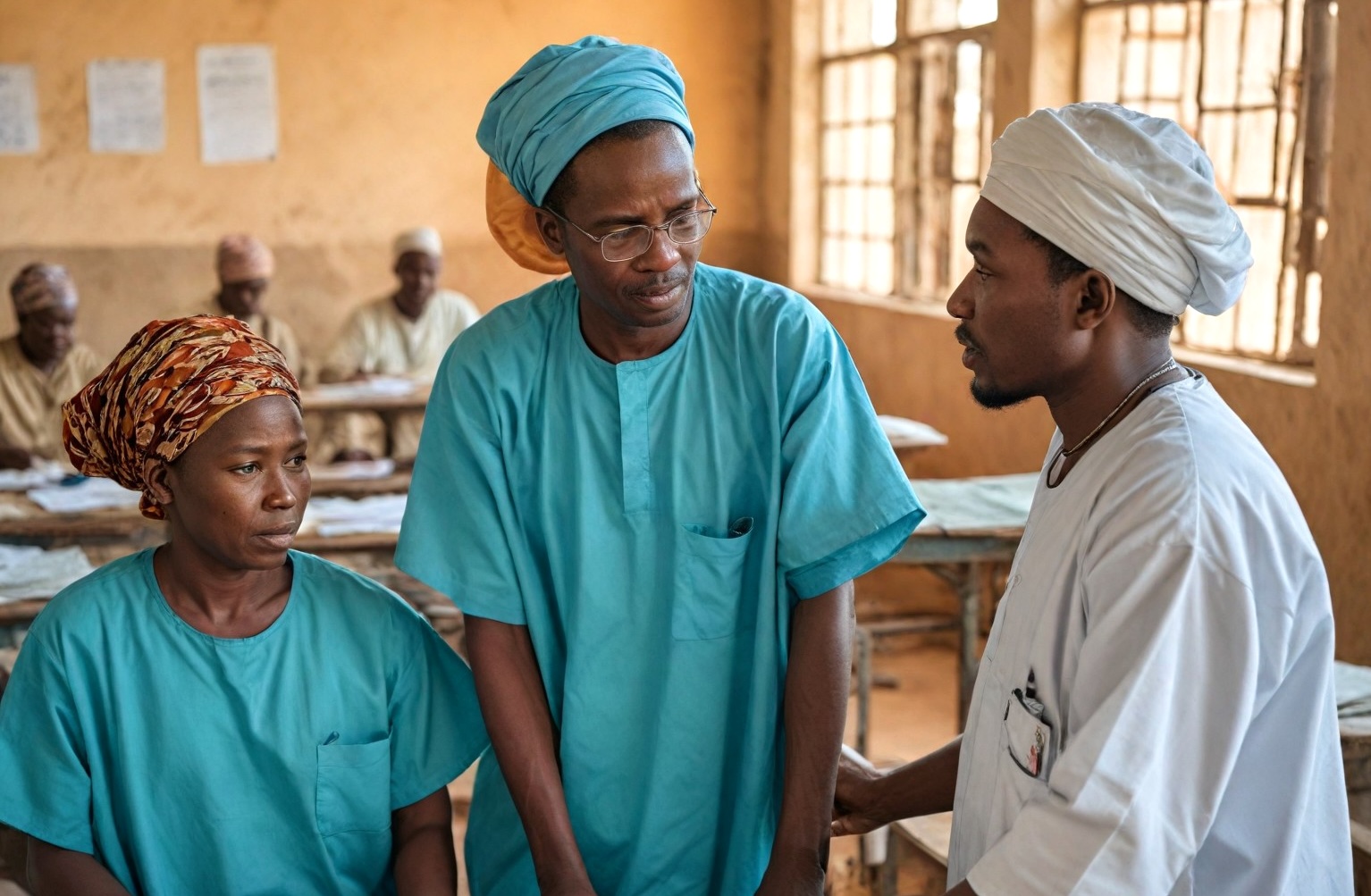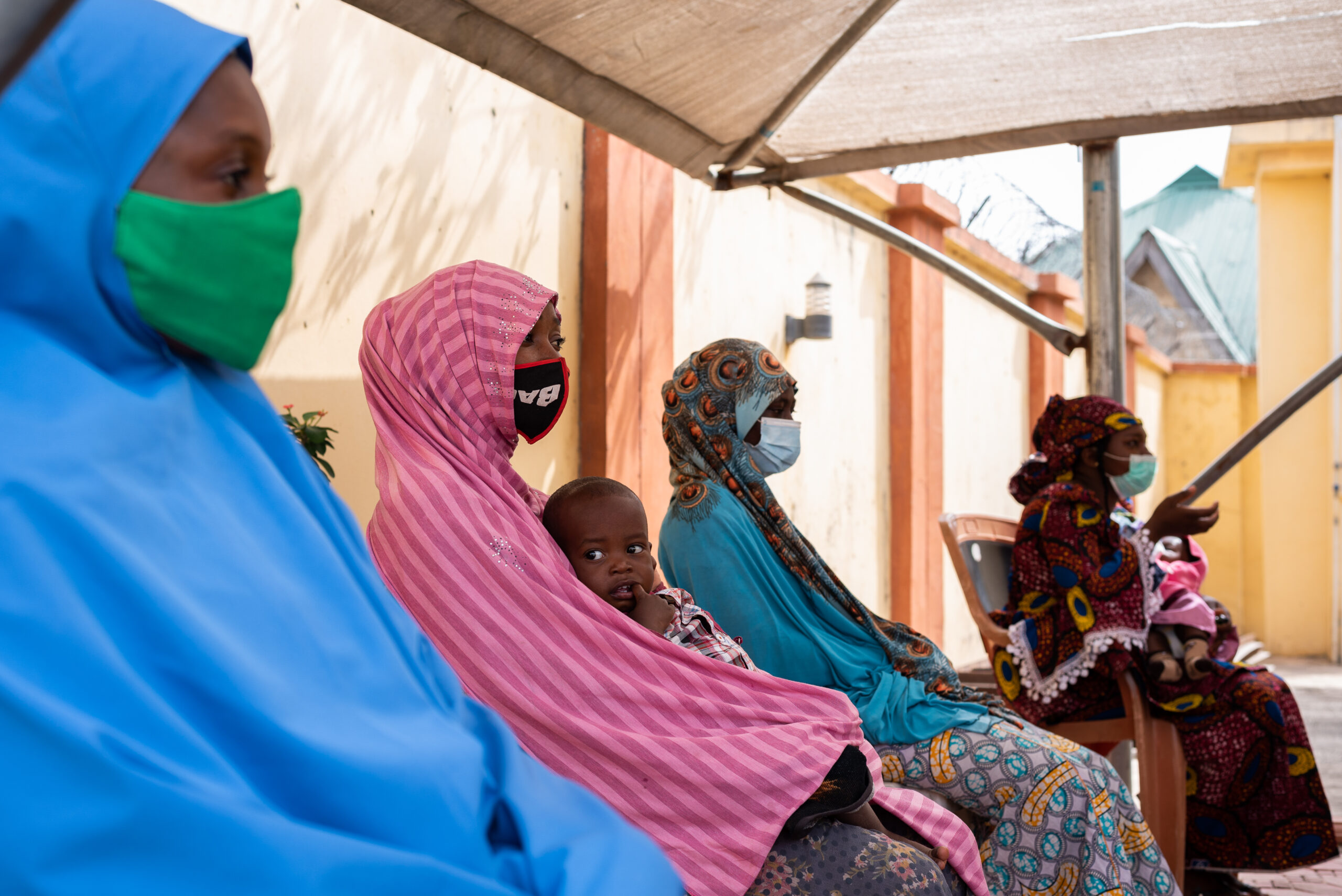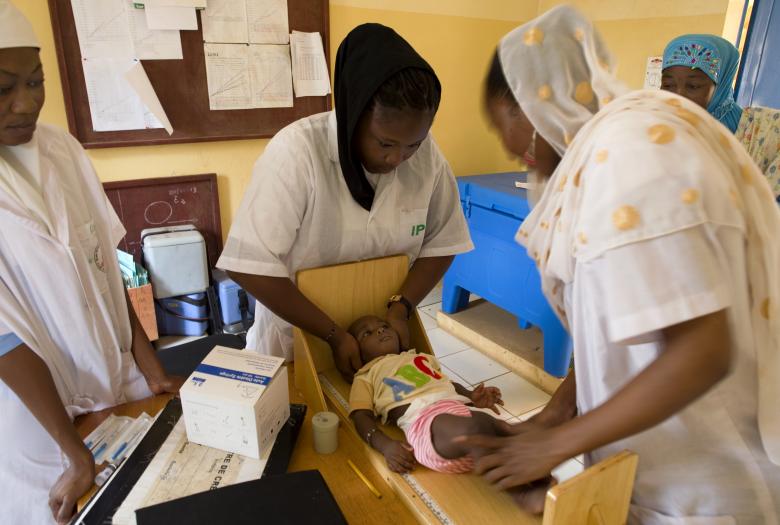Niger faces geopolitical and security complexities. The total fertility rate is the world’s highest (6.2 births per woman). The literacy rate for 15 year olds remains low (30.1% in 2020). These conditions significantly affect the economy and public policy despite significant growth in real gross domestic product (5.4% on average over the period 2017-2021).
Slowly improving health indicators and structural challenges
Both maternal mortality, at 520 deaths per 100,000 live births and under-5 mortality, at 123 deaths per 1000 live births, remain amongst the world’s highest.
The prevalence of acute and chronic malnutrition in Niger remains above the World Health Organization’s alert thresholds. The incidence of malaria is increasing, from 15,961 in 2017 to 19,802 cases per 100,000 inhabitants in 2020, as is that of anemia in women of childbearing age, from 53% in 2017 to 58.4% in 2020. Gradual urbanisation, sedentary lifestyles and the aging segment of the population are giving rise to new needs.
Policy makers and planners must address major challenges such as low use of services (49.5%) and underfunding of the sector, leading to a high level of user contribution (43.7% of the total cost). Each year 6.5% of households are exposed to catastrophic health expenditure.
UHC at the heart of concerns
In 2006 Niger adopted a policy to provide free health care. It covers approximately 25% of the population (children under five years of age, Caesarean section, antenatal care, family planning and female cancers). However, implementation of the policy has limitations that include delays in bill reimbursements, drug shortages, recourse to prescriptions.
These challenges are the subject of a renewed political and technical commitment, embodied in the National UHC Strategy adopted in 2021.
Significant progress has been made regarding health risk coverage, such as in the creation in 2022 of the National Institute for Medical Assistance (INAM). INAM is responsible for 1) aligning with professional standards the fees paid to third-party providers for services they provide free of charge, 2) aligning results-based financing approaches that will serve to upgrade technical platforms and quality assurance approaches and 3) organizing contributory health insurance schemes.
INAM must also extend financing to the remote areas based on activity and performance. It is therefore a means for strengthening accountability that builds on and supports ongoing reforms addressing governance and equity. INAM also supports the production of health data and the reform of the drug supply system.
INAM must also extend financing to the remote areas based on activity and performance. It is therefore a means for strengthening accountability that builds on and supports ongoing reforms addressing governance and equity. INAM also supports the production of health data and the reform of the drug supply system.






